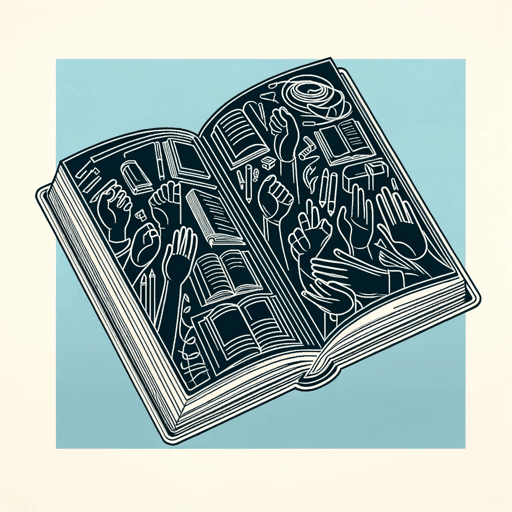27 pages • 54 minutes read
Frances Ellen Watkins HarperLearning to Read
Fiction | Poem | YA | Published in 1872A modern alternative to SparkNotes and CliffsNotes, SuperSummary offers high-quality Study Guides with detailed chapter summaries and analysis of major themes, characters, and more.
Themes
Resistance to Oppression Through Subversion and Symbolic Co-opting of Power Structures
Throughout the poem, Watkins Harper subtly demonstrates how enslaved people resisted their tormentors through subverting and entering into pre-existing power structures.
Watkins Harper portrays enslaved people accomplishing this by playing white enslavers’ expectations against them. If a reader imagines that Uncle Caldwell worked in the fields or kitchens, he probably came home sweaty or greasy. So it would be easy to see how he used grease to mask his book since “his master” might expect him to be dirty from his work. Similarly, readers do not know Ben’s position or age. They can postulate that he used enslavers’ expectations of obedience as an opportunity and a cover to listen in on the white children’s spelling lessons. Without enslavers and their allies realizing it, Watkins Harper shows that Black people found a way to access the tools of power kept for exclusive white use.
Additionally, their newfound literacy skills theoretically enabled freed Black people to engage in the same civic and economic spaces as their white counterparts. Chloe’s implicit link between her homeownership and literacy status illustrates this concept.

